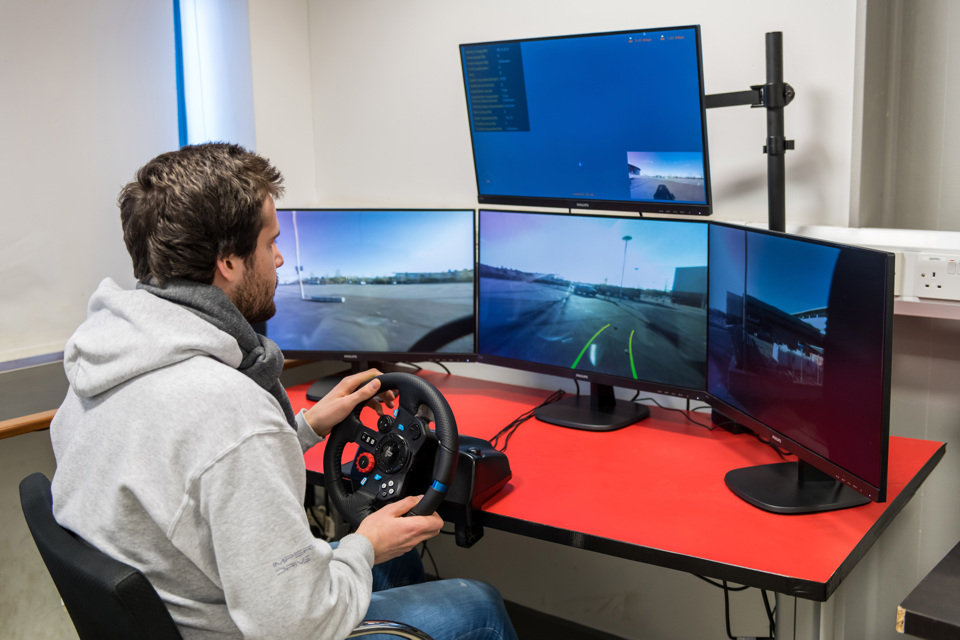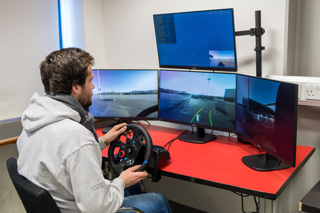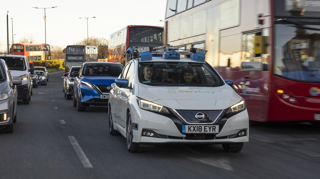The Law Commission of England and Wales has called for regulatory changes to support the development of remote driving technology.
Remote driving technology enables a person to drive a vehicle from a remote location. It has seen rapid advancements in recent years, and is already used in controlled environments, such as warehouses and farms.
The Law Commission’s published advice to Government – the culmination of a review commissioned by the Department for Transport (DfT) and the Centre for Connected and Autonomous Vehicles (CCAV) – calls for both short-term changes to the law to respond to emerging safety concerns, as well as a new regulatory regime to govern remote driving on roads in the longer term.
Nicholas Paines KC, Public Law Commissioner, said: “Remote driving is an exciting technology, but before we see remotely operated cars on UK roads, we must address safety concerns through strong regulation.
“Our advice concludes that in the immediate term, the Government would be able to address some gaps in the law around remote driving using existing powers, while also providing a path for companies to use the technology lawfully provided that their systems are safe. In the longer term, it could set up a full system of remote driving regulation.
“Regulations must respond to other fundamental concerns around security threats and liability in the event of an accident. Our advice paper sets out a roadmap for how the Government can address these problems, whilst also encouraging companies to innovate.”
The new paper considers remote driving where the driver does not have direct line of sight of the vehicle and may be in an operations centre many miles away. This could involve the driver using several screens and a control system to direct a vehicle on the road.
Remote driving technology has several potential applications, including delivering rental cars to customers’ doors. The technology may also be used in trials of self-driving vehicles. Whereas most UK trials of self-driving vehicles have an in-vehicle “safety driver”, there is increasing interest in using remote driving technology to enable the safety driver to be located outside the vehicle.
Safety challenges considered in the review include establishing reliable connectivity, driver situational awareness, a possible sense of “detachment” from the physical world, and cybersecurity – such as the threat of a terrorist seizing control of a vehicle.
The Commission concludes in its advice that remote driving on roads and public places should only be allowed if companies obtain special permissions.
The Commission’s advice to Government also considers who may be liable in the event of an accident with remotely driven vehicles – concluding that all victims should be protected by automatic compensation from insurers.
While individual remote drivers would be responsible for their driving in the same way as in-vehicle drivers, they would not be liable for any faults beyond their control, such as those due to connectivity problems.
The advice set out in the paper is largely modelled on the Commission’s 2022 recommendations on autonomous vehicles, which the Government has used as part of its plans to roll out self-driving cars by 2025.
Transport Minister Jesse Norman added: "Remote driving is already being successfully used off-road in several industries and has huge potential to provide new services and safety features for road vehicles.
“The Government needs to ensure that safety is at the forefront of the use of any new technology, and the Department will carefully consider the Law Commission’s recommendations.”
The remote driving advice paper can be found here: https://www.lawcom.gov.uk/project/remote-driving/.























Login to comment
Comments
No comments have been made yet.